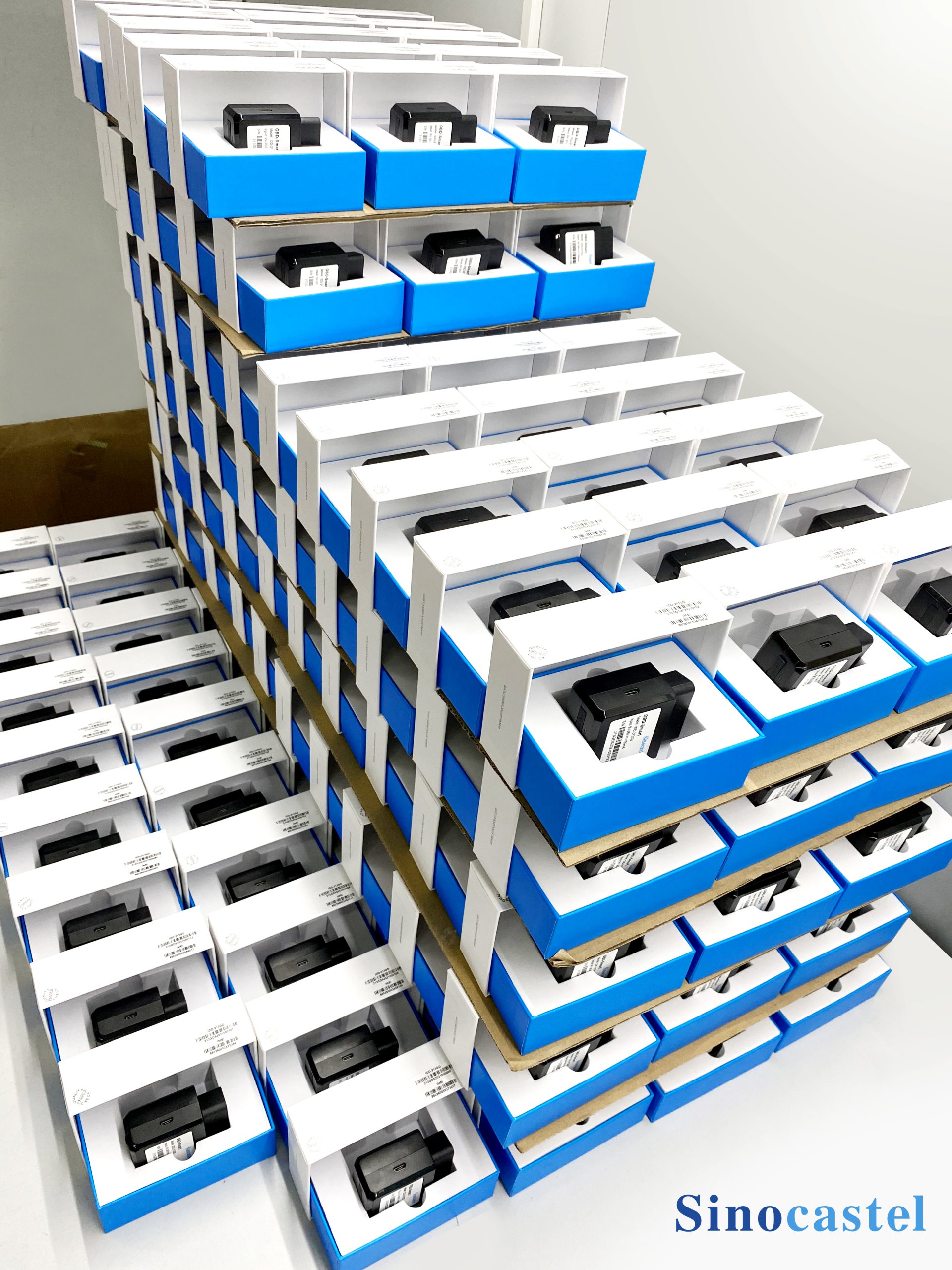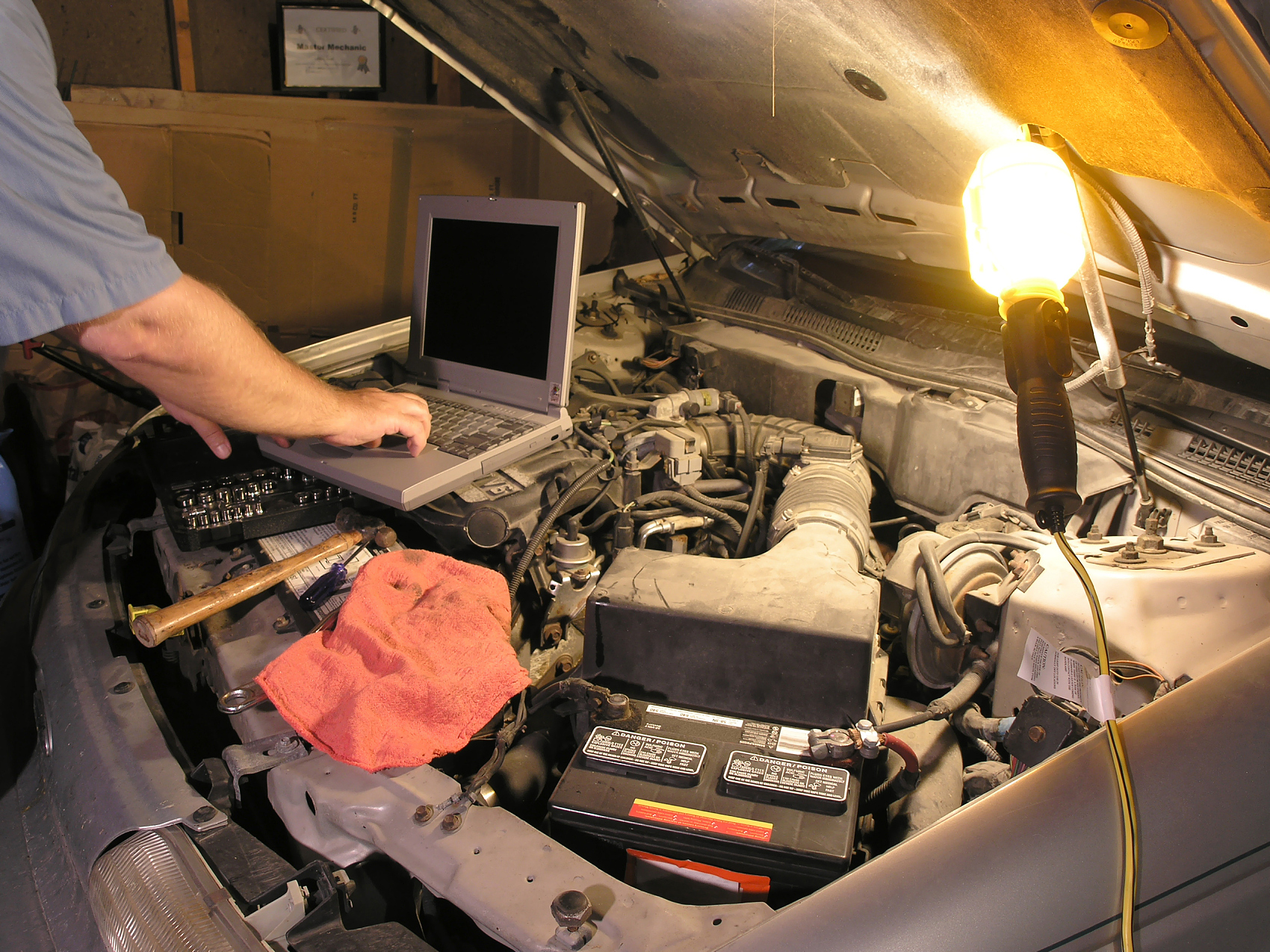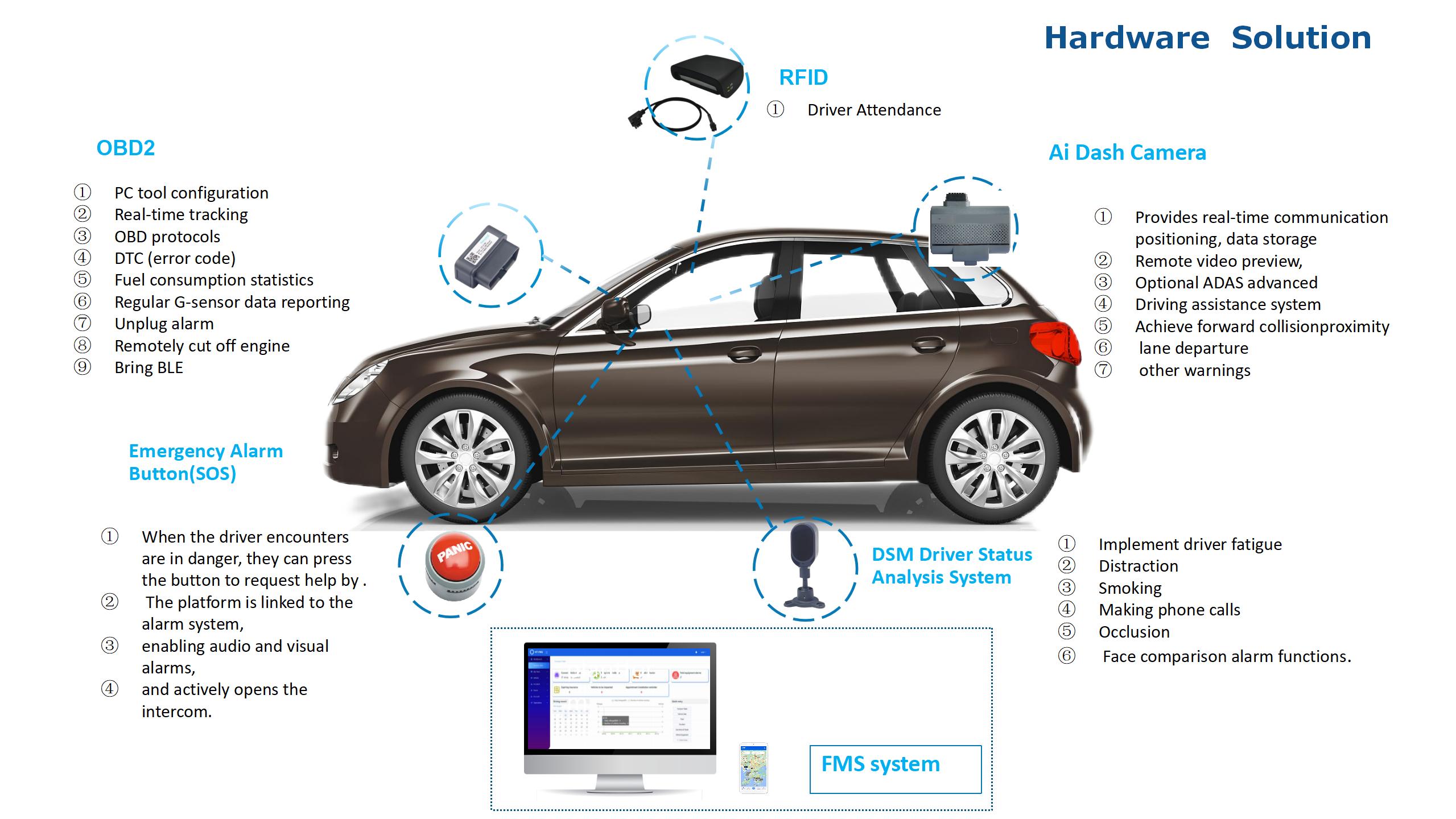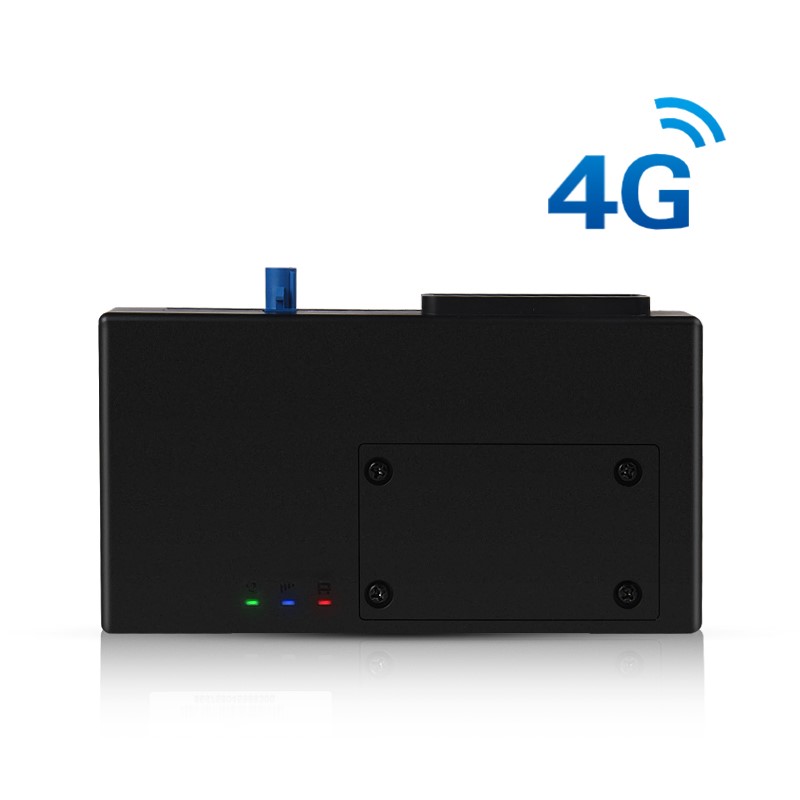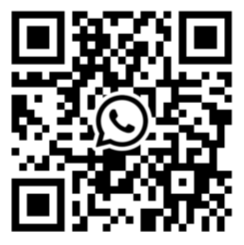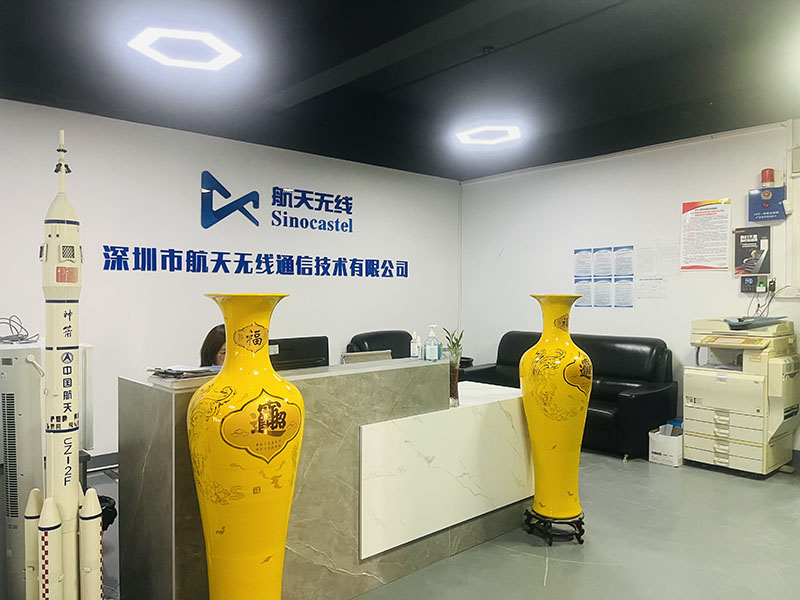Telematics Control Units (T -Box) are integral components in modern vehicles, enabling a wide range of connected services that enhance safety, convenience, and efficiency. These devices collect and transmit data from the vehicle to external systems, facilitating real time monitoring, diagnostics, and communication. Among the many features embedded in T-Boxes, Bluetooth and Wi-Fi connectivity stand out as critical functionalities. This article explores why T -Box require Bluetooth and Wi-Fi, their specific use cases, and the scenarios in which these technologies are indispensable in automotive telematics.
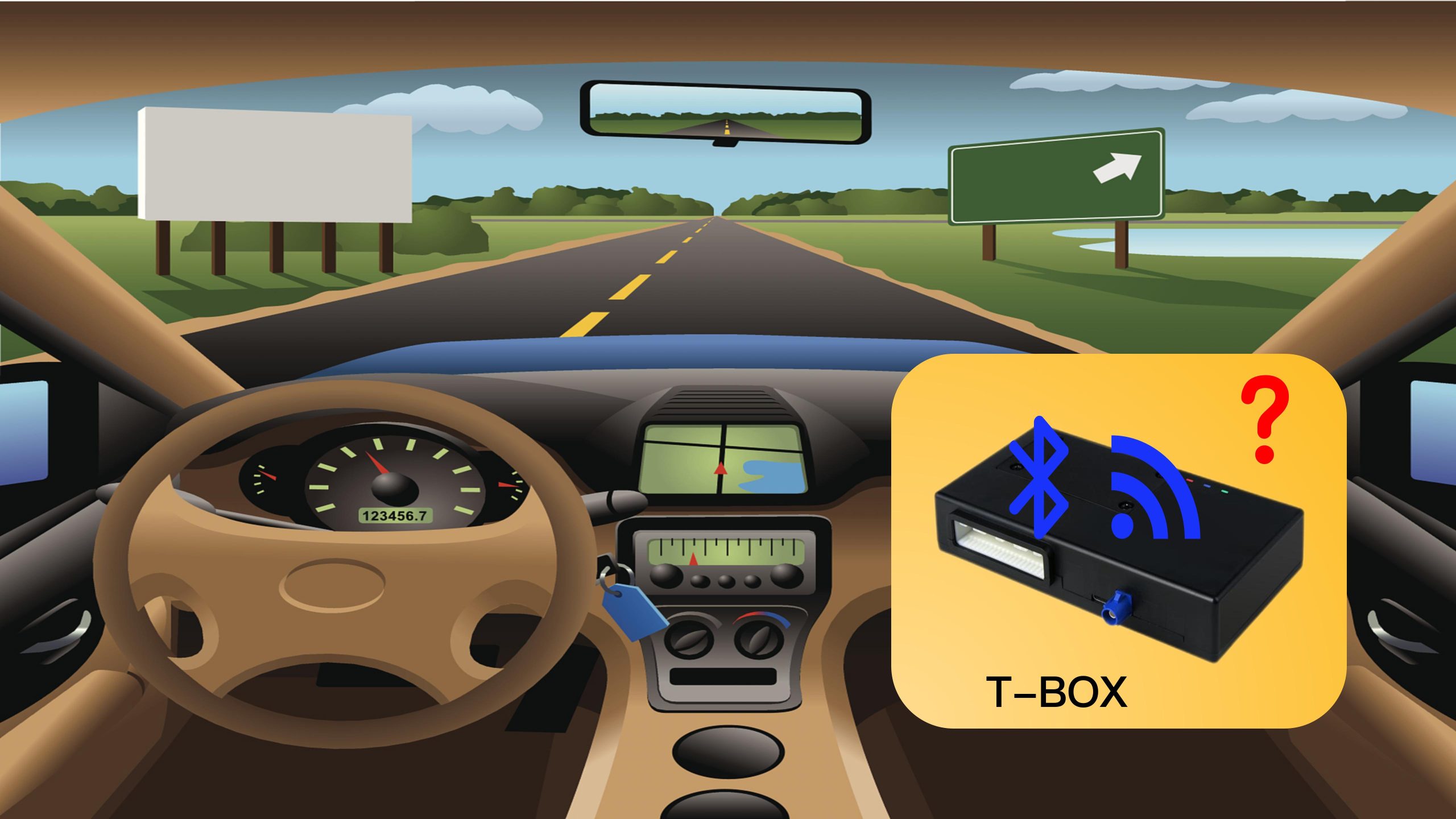
The Need for Bluetooth and Wi-Fi in T -Box
Bluetooth and Wi-Fi are wireless communication technologies that serve distinct yet complementary purposes in T -Boxes. Their integration into telematics systems is driven by the growing demand for seamless connectivity, data exchange, and user interaction in vehicles. Below, we delve into the specific reasons why these technologies are essential.
Bluetooth is a short range wireless communication technology that enables devices to connect and exchange data over short distances. In the context of T -Boxes, Bluetooth serves several key purposes: Smartphone Integration
One of the primary uses of Bluetooth in T -Boxes is to facilitate communication between the vehicle and the driver’s smartphone. This integration enables features such as:
Hands Free Calling : Drivers can make and receive calls without physically handling their phones, enhancing safety and compliance with hands free driving laws.
Media Streaming : Bluetooth allows drivers to stream music, podcasts, and other audio content from their smartphones to the vehicle’s infotainment system.
App Connectivity : Many automotive apps rely on Bluetooth to sync with the T -Box, enabling functionalities like remote start, vehicle status checks, and navigation updates.
- Keyless Entry and Start Systems :Bluetooth Low Energy (BLE) is increasingly used in keyless entry and start systems. The T- Box can communicate with a smartphone or a Bluetooth enabled key fob to unlock the vehicle or start the engine without requiring physical keys.
- Data Transfer for Diagnostics :Bluetooth can be used to transfer diagnostic data from the T- Box to a technician’s device during vehicle servicing. This simplifies the process of accessing and analyzing vehicle health information.
- Personalization Features :Bluetooth enables the T -Box to recognize individual drivers and adjust vehicle settings (e.g., seat position, climate control, and infotainment preferences) based on their profiles.
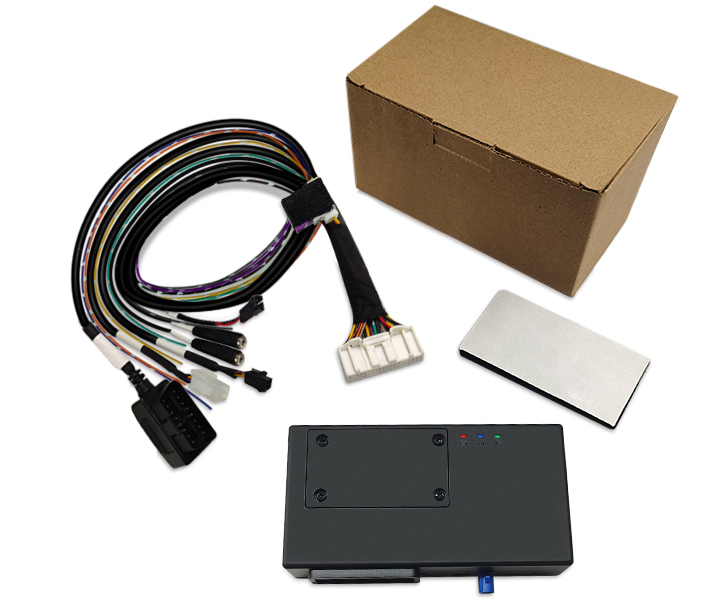
- Wi -Fi in T -Boxes
Wi-Fi is a wireless networking technology that provides high speed internet access and enables communication between devices over longer distances compared to Bluetooth. In T -Boxes, Wi – Fi serves the following purposes:
- Over the Air (OTA) Updates :Wi -Fi connectivity allows T -Boxes to receive software updates wirelessly. These updates can include bug fixes, security patches, and new features, ensuring that the telematics system remains up to date without requiring a visit to the dealership.
- Hotspot Functionality :Many T -Boxes are equipped with Wi- Fi hotspot capabilities, providing internet access to passengers’ devices (e.g., smartphones, tablets, and laptops). This is particularly useful for long trips or in areas with limited cellular coverage.
- Data Upload and Cloud Connectivity :Wi -Fi enables the T -Box to upload large volumes of data to cloud based platforms for analysis and storage. This is especially important for fleet management systems, where data from multiple vehicles needs to be aggregated and processed in real time.
- Enhanced Navigation and Real Time Traffic Updates :Wi -Fi connectivity allows the T -Box to access high bandwidth services, such as real time traffic updates, detailed maps, and points of interest. This enhances the accuracy and functionality of in vehicle navigation systems.
- Integration with Smart Home Devices :Wi -Fi enables the T -Box to communicate with smart home devices, allowing drivers to control home appliances (e.g., thermostats, lights, and security systems) from their vehicles.

Situations Where Bluetooth and Wi -Fi are Essential in T -Boxes
The integration of Bluetooth and Wi -Fi in T – Boxes is not just a luxury but a necessity in many scenarios. Below are some situations where these technologies play a critical role:
- Fleet Management
In fleet management, T- Boxes are used to monitor and optimize the performance of commercial vehicles. Bluetooth and Wi -Fi enable:
Real time tracking of vehicle location and status.
Remote diagnostics and maintenance alerts.
Driver behavior monitoring and reporting.
Seamless communication between drivers and fleet managers.
- Emergency Services
In the event of an accident or breakdown, the T -Box can use Bluetooth and Wi-Fi to:
Automatically notify emergency services with the vehicle’s location.
Provide first responders with critical information about the vehicle and its occupants.
Enable voice communication between the driver and emergency personnel.
- Connected Infotainment Systems
Modern vehicles are equipped with advanced infotainment systems that rely on Bluetooth and Wi- Fi for:
Streaming multimedia content.
Integrating with voice assistants (e.g., Siri, Google Assistant).
Providing passengers with internet access.
- Electric Vehicles (EVs)
In electric vehicles, T- Boxes use Bluetooth and Wi-Fi to:
Monitor battery status and charging levels.
Locate nearby charging stations.
Enable remote control of charging processes.
- Insurance Telematics
Insurance companies use T -Boxes to collect data on driving behavior and offer personalized premiums. Bluetooth and Wi-Fi facilitate:
Data collection and transmission to insurance providers.
Integration with mobile apps for policy management.
Real time feedback to drivers on their driving habits.
- Autonomous Driving
As vehicles become more autonomous, T -Boxes rely on Bluetooth and Wi- Fi to:
Communicate with other vehicles and infrastructure (V2X communication).
Download high definition maps and software updates.
Enable remote monitoring and control by fleet operators or manufacturers.
- Ride Sharing and Car Sharing Services
T -Boxes in shared vehicles use Bluetooth and Wi-Fi to:
Enable keyless access for users.
Track vehicle usage and billing.
Provide real time navigation and traffic updates.
While Bluetooth and Wi-Fi offer numerous benefits, their integration into T -Boxes also presents challenges:
Security Risks : Wireless connections can be vulnerable to hacking and data breaches. Robust encryption and authentication mechanisms are essential to protect sensitive data.
Interference : Bluetooth and Wi -Fi signals can interfere with each other or with other wireless devices, potentially affecting performance.
Power Consumption : Continuous use of Bluetooth and Wi-Fi can drain the vehicle’s battery, especially in electric vehicles.
Cost : Adding Bluetooth and Wi -Fi capabilities increases the cost of the T -Box, which may impact the overall price of the vehicle.
Bluetooth and Wi -Fi are indispensable functionalities in modern T – Boxes, enabling a wide range of connected services that enhance the driving experience, improve safety, and optimize vehicle performance. From smartphone integration and OTA updates to fleet management and autonomous driving, these technologies play a critical role in the evolving landscape of automotive telematics. As vehicles become increasingly connected, the importance of Bluetooth and Wi -Fi in T -Boxes will only continue to grow, paving the way for smarter, safer, and more efficient transportation systems.
By understanding the specific use cases and benefits of these technologies, manufacturers, fleet operators, and consumers can make informed decisions about the features they need in their vehicles, ensuring that they stay ahead in the era of connected mobility.


